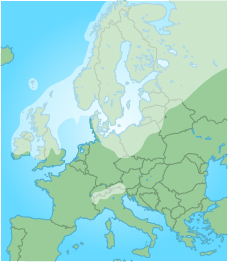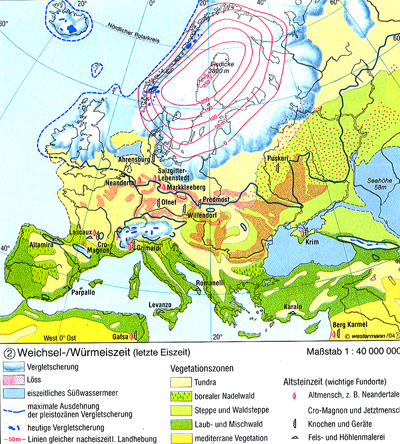Many conservation biologists believe the best way to manage and ‘future-proof’ natural populations is to maintain the natural population structuring that occurs. This allows varieties to act as important ‘reservoirs’ of genetic variation.
Being alert to this potential loss of diversity among varieties, a group of beekeepers in Cornwall have come together to try and conserve native honey bee diversity in South West of England.
Under the banner ‘B4: bringing back black bees’, the group’s aim is to protect the UK’s native honey bee variety, Apis mellifera mellifera. And recently, they have come together with researchers at Plymouth University to use modern genetic methods to ask how distinct black bees are in this region, and whether much uncontrolled mating with commercial colonies has already taken place.
This project has revealed that while there has been some hybridisation, some apiaries contain relatively pure Apis mellifera mellifera. But the two organisations are now expanding their collaboration and embarking on an exciting new project – including a PhD studentship funded by the Natural Environment Research Council – that will investigate local adaptation in UK populations of dark honey bee.
This will involve using the latest in genetic screening techniques as well as looking at colony traits such as worker production, disease susceptibility, colony longevity and honey yield of honey bees with different genetic signatures.
They will also investigate the feasibility of cryopreserved sperm as an archive of genetic material for safeguarding present day genetic variation, and therefore local adaptation, for the future.
Finding a means through which to preserve these varying traits is essential to ensuring nature’s diversity continues for future generations.






